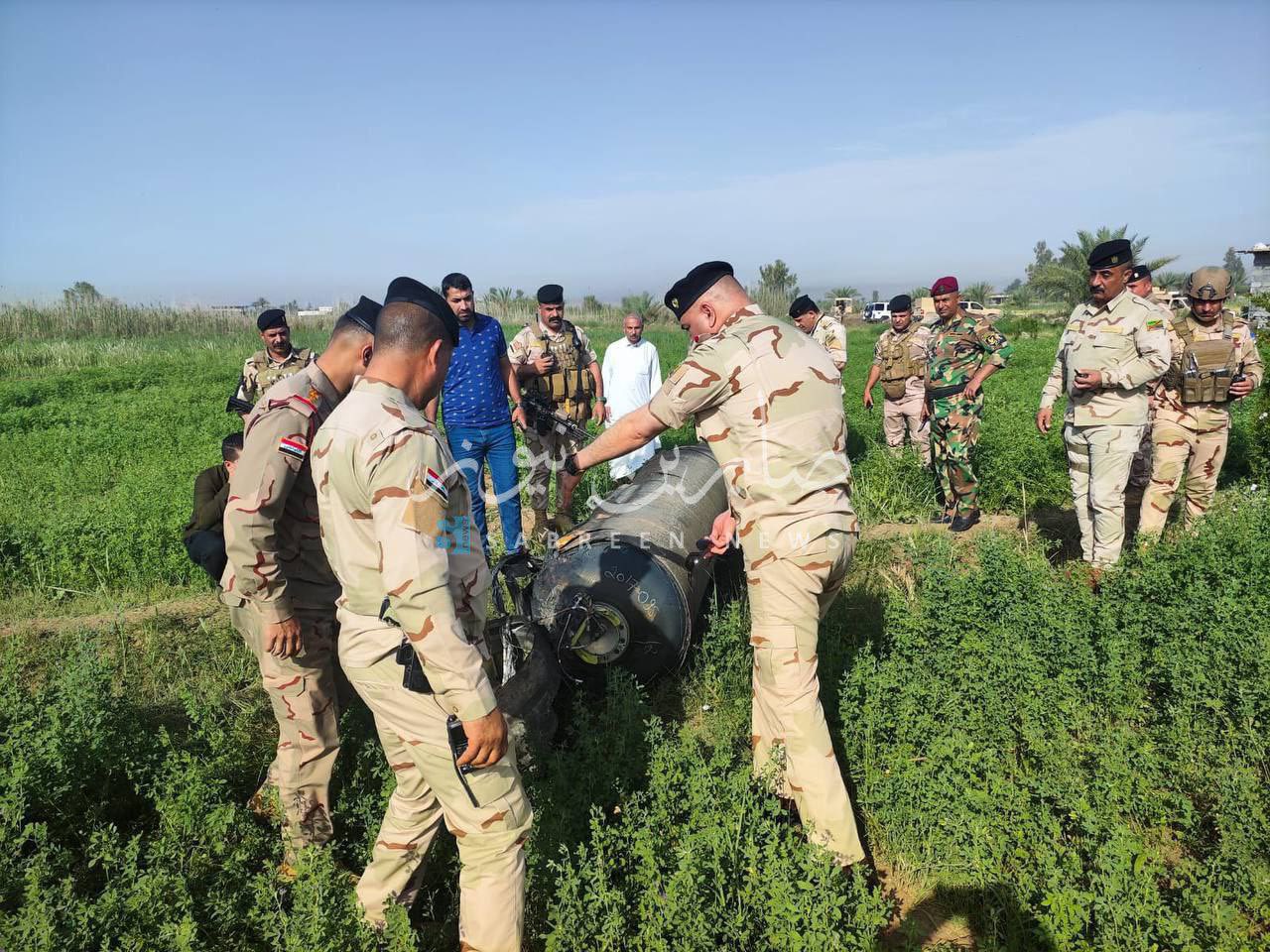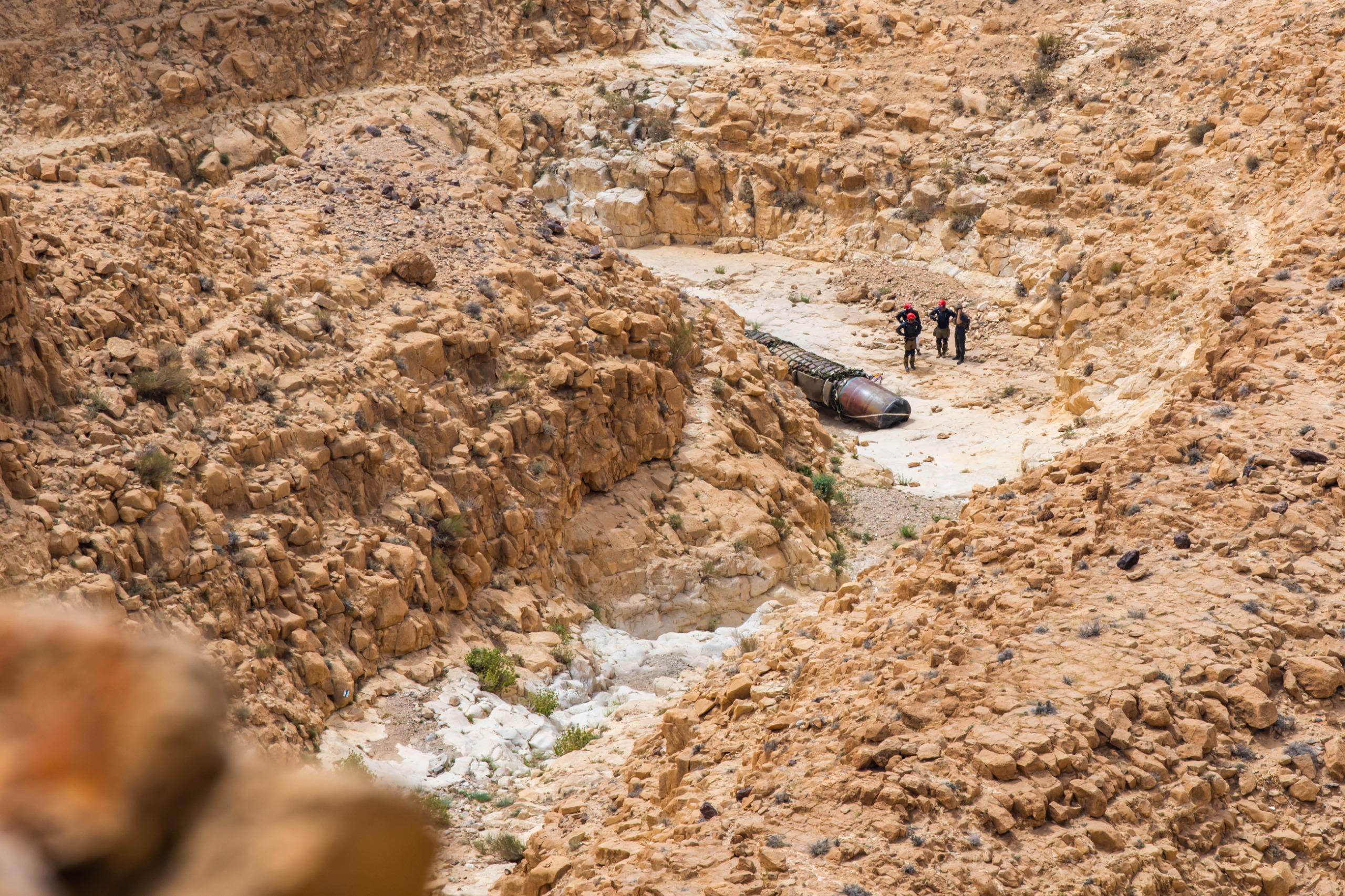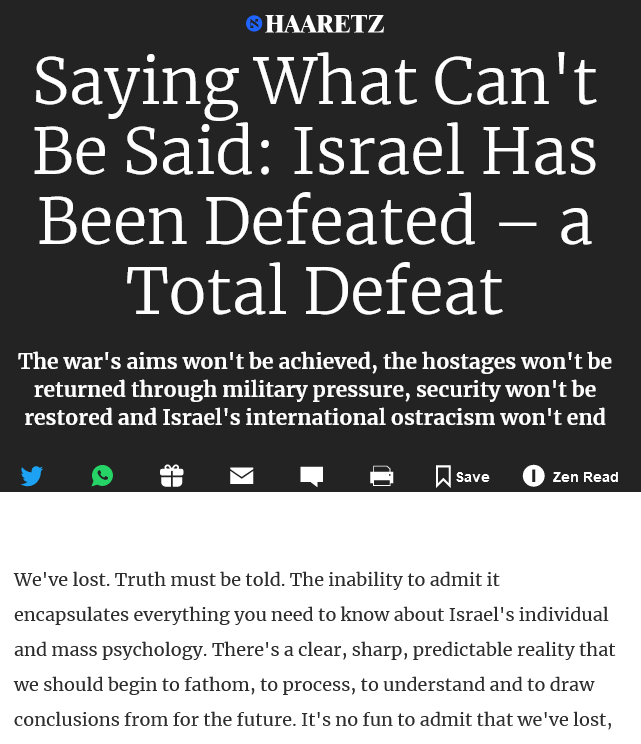Students and professors, carry on! History will only remember you, and it will have no mention at all of your oppressors. Keep up the fight to make the world a better place for us all.
Dear students and professors,
For over 200 days, we here in the Arab World have been wondering how the so-called civilized world, along with its intellectual system and human rights laws, would allow such a genocide to take place against helpless women, children, and innocent civilians in Gaza and Palestine, without trying the impossible to stop this disgraceful insult against every human life everywhere.
Every day, the Zionists would perpetrate dozens of massacres against hundreds of Palestinians and would kill journalists, medical doctors, nurses, and patients, burying them in a mass grave inside the hospital. And yet the US continues to flood the Zionists with armaments, money, and moral support, enabling the worst genocide and ethnic cleansing that has brought dishonor upon our world and us who live in these times.
All of us here in the Middle East were feeling absolutely helpless, depressed, and utterly betrayed by the Western World, as it not only betrayed us, but also Western values which the West claimed to develop and promote in the interest of humanity. For seven, long, difficult months, we questioned everything the West had said about itself, most notably its propaganda regarding the free press, the rights of women, the rights of children, and human rights in decent and safe lives.
All of this was happening to us as if we lived on an extremely remote island until the students of Columbia University broke this cycle with their brave forthcoming acts to challenge the conspiratory world‘s silence and announce their extremely important call to stop genocide and ethnic cleansing in Gaza, an act that triggered a worldwide movement by university students, professors, and employees in support of life in Gaza, and against the daily and continued massacres there.
Your movement has restored our faith in human conscience, but your suffering and the way you have been treated proved to us, beyond any doubt, that Western systems leave a lot to be desired. The deep alliance that has surfaced between Zionists everywhere and Western governments has shown the horrifying moral deterioration of Western governments. Just as they spread fear and horror about Covid-19, they also started to fabricate myths about attacks on Jews, although Jewish students and professors were at the forefront of these noble movements, this did not prevent misleading media from accusing the student movement as antisemitic.
Instead of trusting that the movement proved that the issue was not between Muslims and Jews, but one of occupation, racism, and the worst violation of human rights witnessed in modern times, the authorities went on distorting facts and misleading people.
When Jews were persecuted in Europe, they found their haven among the Arabs, and until the creation of the Zionist entity, Jews were citizens in most Arab countries, living amicably with Muslims and Christians and contributing to the prosperity and welfare of their countries. The Middle East is the cradle of the three monotheistic religions, and that is why its people lived together with the church and the mosque side by side, and with the deep-rooted faith that we all worship the same God but in different ways.
The first time we heard a language that divided the Iraqis into Sunnis and Shias was when American forces occupied Iraq and started talking about the Sunni triangle, Kurdish North, and Shia South. This is an alien language to the region’s indigenous Arabs, and this is the language that terrorists attempted to implant among our people.
Antisemitism is a label coined and promoted by those who gave themselves the right to uproot indigenous people and to use their land and resources as their own. The Arabs had never been and cannot be antisemitic, as they themselves are Semites. Those who misused movements to incite hatred against Jews have nothing to do with Islam, as the Quran lauded all prophets and mentioned the followers of all prophets with great respect; “Indeed the faithful, the Jews, the Christians, and the Sabaeans —those of them who have faith in Allah and the Last Day and act righteously— they shall have their reward near their Lord, and they will have no fear, nor will they grieve.”
The Quran stresses the importance of faith rather than religion, and any attempt to generate and spread fear among the followers of other religions is only a very suspicious political tool used for dubious purposes. The Western media that was supposed to facilitate communication among different people on different lands had become an impediment in the way of truth reaching audiences everywhere.
Students and professors paid a heavy price, and some have lost the opportunity to complete their studies, but what you have done is so gracious and so eternal that it restored our confidence in humanity and its ability to strongly object to gross injustice, no matter how powerful and militarized it may seem. In that sense, you restored some of our confidence that the voice of the people will override the voice of governments who cannot get beyond their narrow, material interests, and their deeply rooted and unquestioned prejudices and shallow slogans.
You proved that you do not belong to the hypocrisy of the State, whose current discourse and actions are in total contradiction with its own narrative. Western systems are trying to spread fear: Jews fearing Muslims, Muslims fearing Jews, Christians fearing Muslims, Westerners against Easterners, in order to serve the interests of Zionist dark forces who do not see people with similar hearts and minds, but only see what may divide their ranks and make them weaker: inactive and incapable of undermining the interests of these dark forces.
Our God said in the Quran, “O mankind! Indeed We created you from a male and a female, and made you nations and tribes that you may identify yourselves with one another. Indeed the noblest of you in the sight of Allah is the most Godwary among you. Indeed Allah is all-knowing, all-aware.” Differences in color, origin, religion, or ethnicity, only exist to prove the greatness of the Creator, and not to classify people as superior and inferior. Only the vile racists do that for their own evil purposes, which have nothing to do with the interests of most people on this planet.
Students and professors, carry on! History will only remember you, and it will have no mention at all of your oppressors. Keep up the fight to make the world a better place for us all.
The opinions mentioned in this article do not necessarily reflect the opinion of Al mayadeen, but rather express the opinion of its writer exclusively.
Bouthaina Shaaban Arab Intellectual
Intellectual Uprising: Pro-Palestine students protests
Most Read
- As Ukraine’s Defeat Looms, Imaginary War Unravels
- The end of the idea of ‘Israel’
- Supporters of the racist ideology of Zionism operating inside the UK civil service
- Muddying the Water on US Student Protests
More from this writer
Filed under: "Israel", American crimes, Antisemitism, Israeli Crimes crimes against humanity, Palestine, Palestinian people, USA | Tagged: "Operation Iraqi Freedom", Besieged Gaza Strip., Bouthaina Shaaban, Colombia, Ethnic Cleansing, Pro-Palestine protesters, The Collective West, US-led Western camp, War on Gaza, West Asia | Leave a comment »


















































